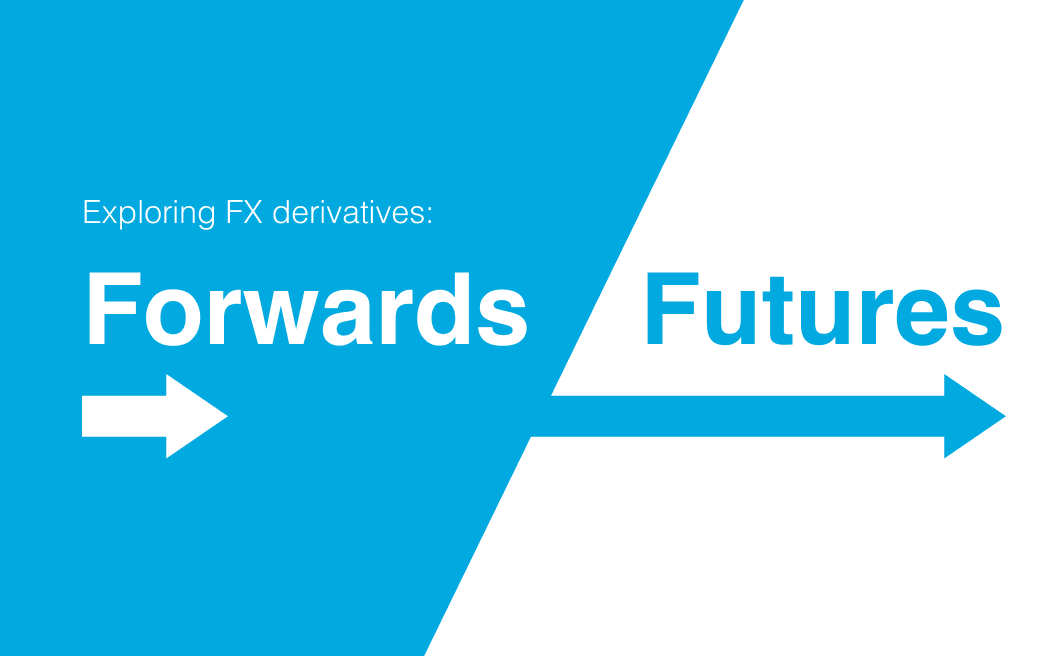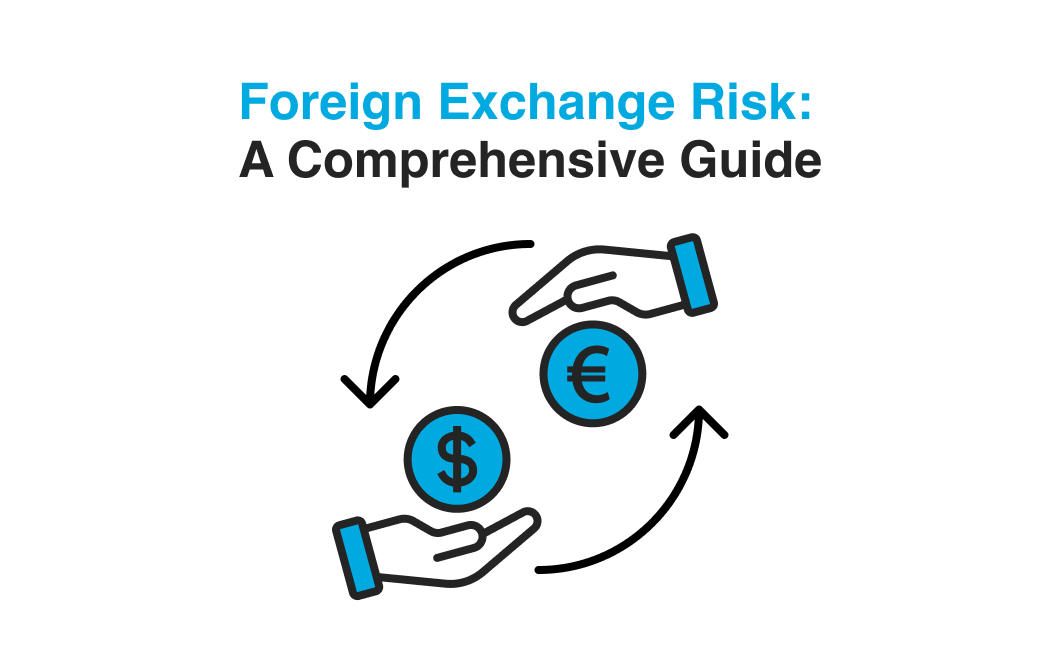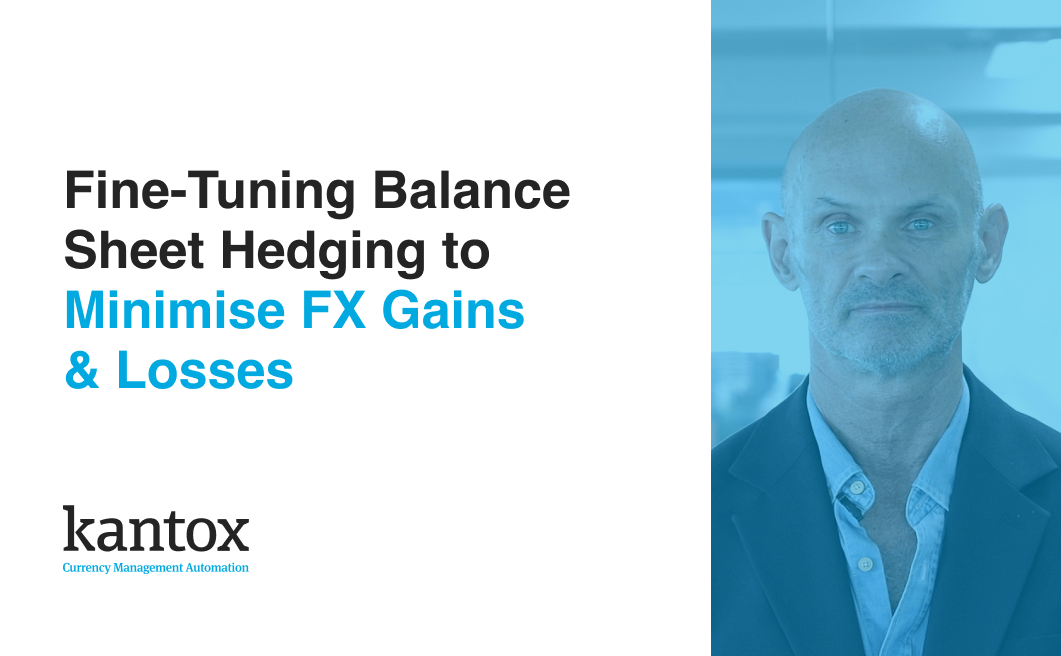Discover essential FX hedging strategies and currency management best practices from our foreign exchange experts.
Agricultural Commodities: Managing FX in Uncertain Times
The Coronavirus crisis has rattled both the demand side and the supply side of commodity markets. Participants are suffering the direct impact of global supply chain disruptions from the economic shutdown, as well as the indirect effect of stalling economic growth. Farmers, food processors, commodity traders and retailers are well aware of the many risks they face: heightened international political tensions, climate change-induced weather patterns, water stress, volatility in commodity prices, outbreaks of human and livestock diseases and others.The current crisis is putting the spotlight on another piece of the jigsaw: currency risk. Sharp fluctuations in currency rates are heightening the unpredictable nature of the current economic environment. While short-term cash flow management remains the key concern for now, foreign exchange (FX) volatility requires urgent attention. As discussed in a recent webinar organised by Kantox, participants in agricultural commodity markets need to acquire a firmer grasp of currency risk in order to design hedging programs that will help them to grow and prosper in a much more uncertain world.

Hedging programs for participants in the agricultural commodity markets
To obtain a good understanding of currency risk, a useful starting point is to consider two types of buying/selling contracts widely used in agricultural commodity markets: traditional (commodity) forward contracts, also known as ad hoc contracts, and framework contracts. With ad hoc contracts, buyers and sellers agree on the price at which a given volume of the commodity will be delivered and paid at a specified future date. Whether a commodity is a firm’s main input or output, firms have —at any point in time— hundreds and even thousands of such commitments in place.From the FX risk management viewpoint, the first step is to arrive at a correct estimation of the firm’s foreign-currency exposure. From the moment the contract is priced (usually in USD) to the moment it is settled in cash, currency risk materialises. To hedge the corresponding FX transaction exposure, a currency forward position is created at the moment of the sales/purchase order —which can occur days after the underlying sales/order contract is priced. This simple procedure is complicated by the sheer number of positions in different commodities with different maturities.Framework contracts, widely implemented in purchasing management in the context of public procurement, are also used in agricultural commodity markets. Unlike ad hoc contracts, framework contracts specify prices, but not volumes and maturities. These instruments are well suited for repeated purchases and carry low transaction costs. From the FX risk management point of view, however, they complicate hedging because it becomes more difficult to know exactly when the transaction exposure starts. And this leads firms to heavily rely on forecasts—not an optimal situation in terms of cash flow visibility.The solution is to achieve a balance by combining a budget-based currency hedging program —where a percentage of the exposure is hedged— with another program designed to book currency forwards only when transaction exposure materialises (i.e., when sales/purchases orders are generated). This combination allows firms not to rely too heavily on forecasts and to retain some flexibility to hedge as orders come through. Eventually, the effective FX hedge rate of the combined program results from an average of budget rates and rates booked when transactions are initiated. The upshot of this approach is double. On the one hand, it reduces the risk of over- or under-hedging—an appealing proposition in times of heightened uncertainty. On the other hand, whenever framework contracts specify a minimum volume commitment, the agricultural commodity operator has a reliable starting point on which to base forecasts and, by implication, the budget-based part of its own currency hedging program.
The role of FX automation
The hedging programs outlined above, while relatively straightforward from a conceptual point of view, can only be carried out through end-to-end FX automation. The amount of transactions and currency pairs involved makes it unrealistic, for agricultural commodity firms, to rely on costly and error-prone legacy manual processes to effectively manage their FX risk.By automating the process of currency risk management, firms can easily scale up their hedging programs to any number of commodity contracts and currency pairs. In addition, they have the benefit of gaining real-time, 24/7 exposure data visibility in any currency pair, while protecting the firm from currency risk and simultaneously reducing operational risk (as human error is taken out of the equation). In today’s unpredictable operating environment, FX automation is fast becoming an indispensable asset for the modern agricultural commodity operator.










